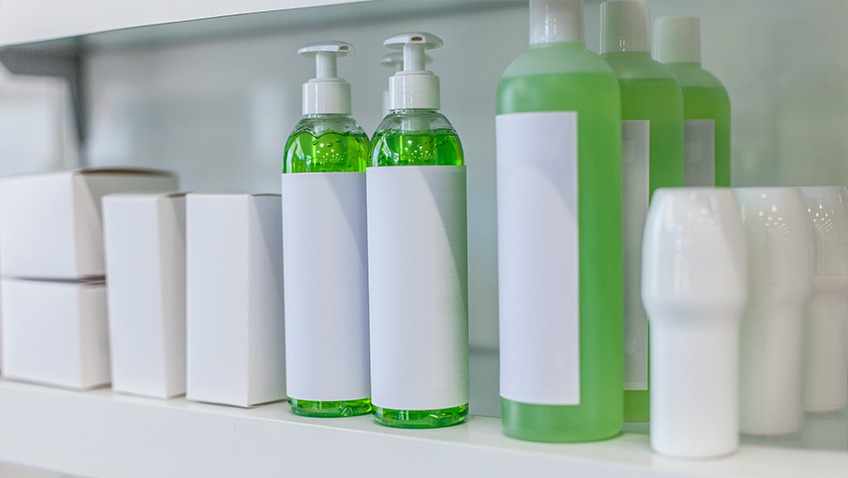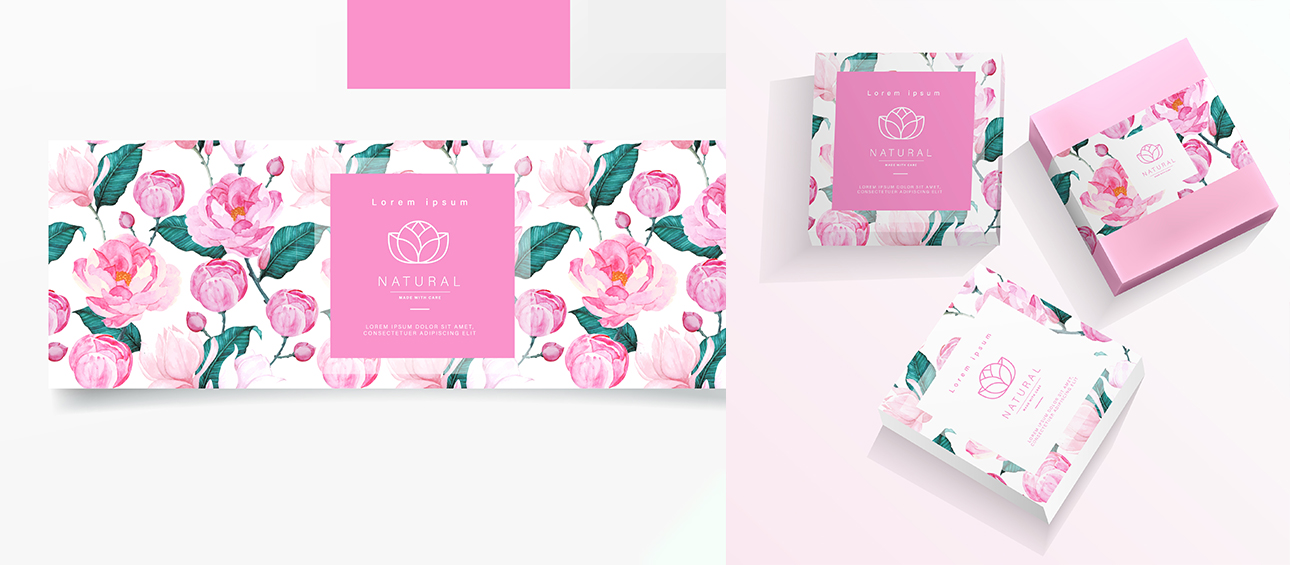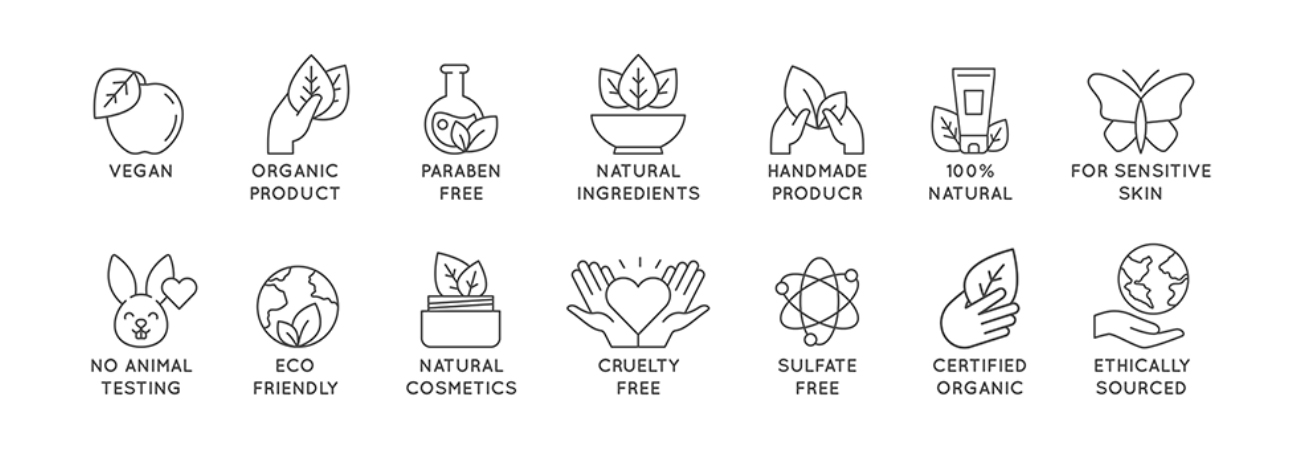
Cosmetic labels are strictly regulated and every ingredient contained in a product must be listed. Additionally, the list of requirements must be in descending order of dominance by weight. This means that the maximum amount of any ingredient in a cosmetic must be listed first. It is important to know this because some ingredients may cause allergic reactions and you as a consumer have a right to know information that tells you the ingredients in your cosmetic products.
Here, we'll cover what this means for cosmetic manufacturers and provide guidelines for listing ingredients on product labels.
What is a cosmetic label?
This is a label - usually found on a product's packaging - that lists information about the product's ingredients and strength. Labels often include information such as product name, ingredients, suggested use, warnings, and manufacturer contact information.
While specific requirements for cosmetic labeling vary from country to country, many manufacturers voluntarily follow international labeling guidelines established by organizations such as the International Organization for Standardization (ISO).
According to the Cosmetics Regulations, every product must have a label on the packaging listing the contents in primary order. The FDA defines this as "the amount of each ingredient in descending order." This means that the largest quantity is listed first, followed by the second highest quantity, and so on. If an ingredient makes up less than 1% of the entire product formulation, it can be listed in any order after the first few ingredients.
The FDA also requires special attention to certain ingredients on labels. These "trade secrets" do not have to be listed by name, but they must be identified as "and/or other" followed by their general class or function.
The role of cosmetic labels
These provide consumers with information about the product, including its uses, ingredients, and warnings. They must be accurate and correctly reflect the content. For example, an "all natural" designation means that all ingredients are of natural origin and have not been chemically processed. Likewise, a "hypoallergenic" claim means the product is unlikely to cause an allergic reaction, and "non-comedogenic" means the product is unlikely to cause clogged pores or blackheads.
The Importance of Correct Labeling
The importance of proper labeling cannot be overemphasized. It helps ensure consumers are getting what they expect, ensuring high-quality ingredients and having been tested for safety.
In addition, it will help consumers choose the right skin care products. For example, "anti-aging" or "moisturizing" properties help consumers make more informed decisions when purchasing products.
Reasons why ingredients must be listed
Here are some of the most important reasons:
Allergies and sensitivities
Many people are allergic or sensitive to certain ingredients commonly used in cosmetics and personal care products. Without knowing what ingredients are in a product, it may not be possible to tell if it is safe for someone to use.
Listing ingredients allows people with allergies or sensitivities to avoid products that contain triggers.
Avoid animal cruelty
Some ingredients commonly used in cosmetics are derived from animals. These examples include:
Squalene (usually from shark liver oil)
Gelatin (derived from animal skin, bone, and connective tissue)
Glycerin (can be extracted from animal fat)
For those who want to avoid products containing animal-derived ingredients, it is crucial to know the ingredients in the product beforehand.
Know what you put on your skin
Your skin is your body's largest organ. Everything you put on your skin gets absorbed into your bloodstream and can eventually cause internal problems, even if there are no immediately visible effects.
Avoid potentially harmful chemicals
Many cosmetic and personal care products contain harmful chemicals. For example, phthalates and parabens are two commonly used chemicals that have been linked to endocrine disorders and health problems such as cancer.
That's why it's important to know the ingredients in the cosmetics and personal care products you use every day. Without this information, you could be unknowingly exposing yourself to harmful chemicals.
In conclusion
The bottom line is that cosmetic companies should list all their ingredients on the label, because that's the only way to ensure consumers know what they're putting on their skin.
By law, companies are required to list certain ingredients (such as color additives and fragrances), but not other potentially harmful chemicals. This leaves consumers clueless about what they are putting on their skin.
A company that takes seriously its responsibility to inform consumers will undoubtedly produce a quality product that, in turn, benefits from customers who become ardent fans.
Post time: Sep-28-2022


